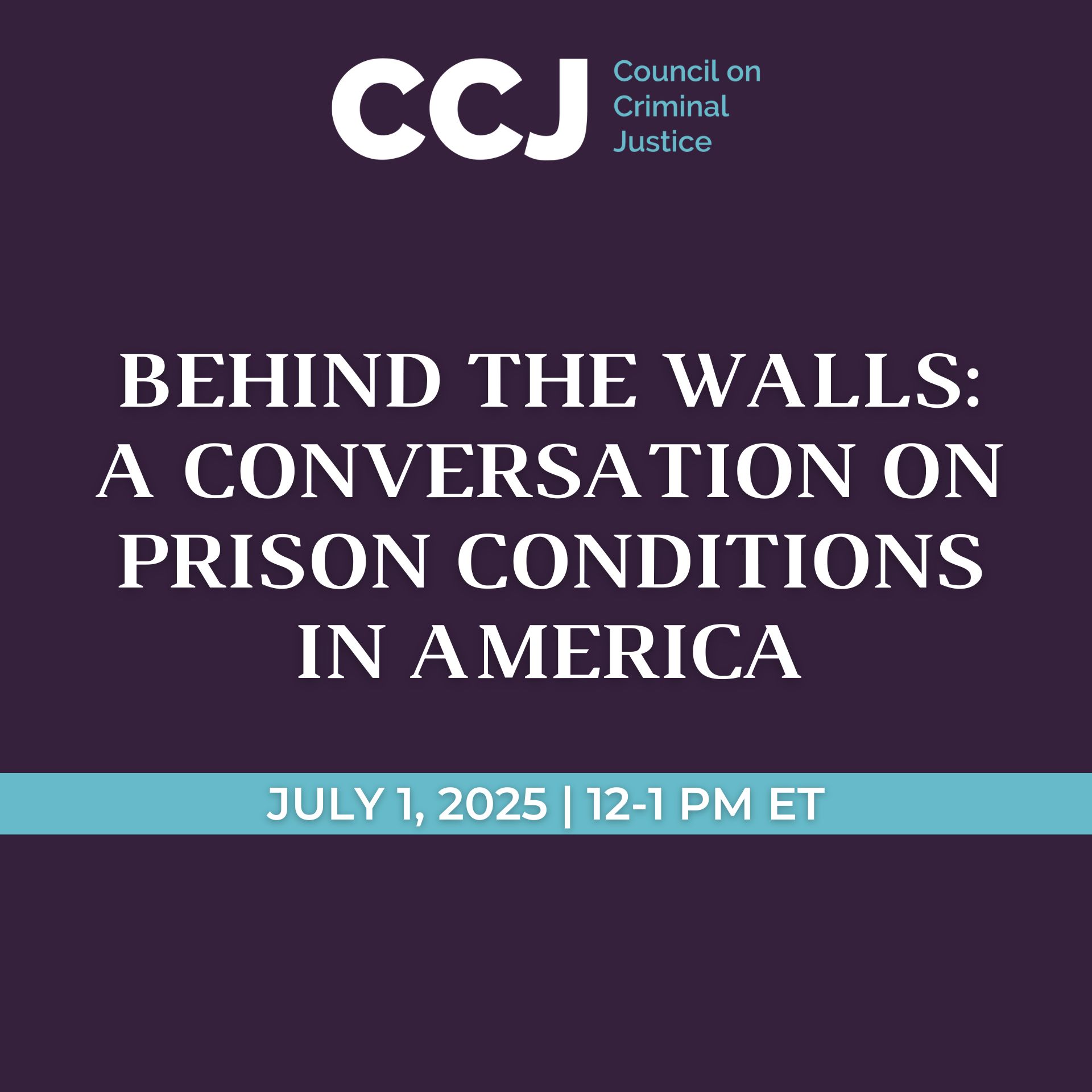Pandemic, Social Unrest, and Crime in U.S. Cities: August 2020 Update
This report updates a previous study by the authors with additional crime data through the end of August 2020. It examines crime rates for ten offenses in 27 U.S. cities during the COVID-19 pandemic and social unrest over police violence. Not all cities reported data for each offense, and offense classifications varied somewhat across the cities.
Methodology
Led by University of Missouri-St. Louis Professor Emeritus Richard Rosenfeld, a former president of the American Society of Criminology, researchers examined weekly changes in 10 different criminal offenses across 27 cities between January 2017 and August 2020. The largest city is Los Angeles, the smallest is St. Petersburg. Crime data was obtained from the online portals of police departments. Crime counts for recent months are preliminary and may be subject to revision, although subsequent changes should not substantially affect the findings.
Findings
- Homicides and aggravated assaults rose beginning in late May and June 2020. Homicide rates between June and August of 2020 increased by 53% over the same period in 2019, and aggravated assaults went up by 14%—and both increases were statistically significant. Gun assaults also rose during the summer of 2020, but the increase was not significantly greater than in previous years.
- Residential burglaries, larcenies, and drug offenses fell significantly during the pandemic. Residential burglary rates between March and August 2020 dropped by 25% from the same period in 2019. The comparable decreases in larceny and drug offense rates were 24% and 41%.
- Nonresidential burglaries rose sharply during a single week in early June 2020 and then decreased just as abruptly to prior levels. The spike is likely associated with the property damage and looting at the beginning of nationwide protests against police violence.
- The researchers concluded that subduing the pandemic, pursuing crime control strategies of proven effectiveness, and enacting needed police reforms will be necessary to achieve durable reductions in violent crime in American cities.



